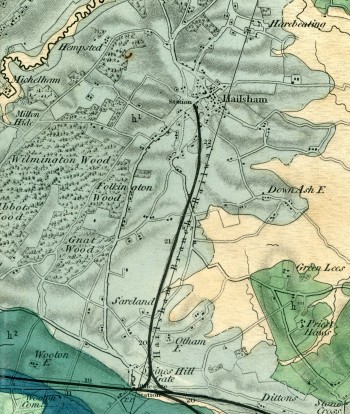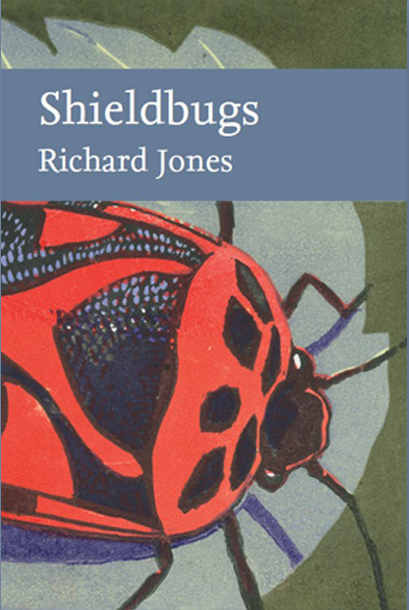Copies of Mosquito should be available in August, ready for the ‘official’ launch in October. In the end, I had to cut quite a lot from my initial over-ambitious plan. It would all have made the book too long and too rambling. As I constantly remind my long-suffering family in grumpy-old-man style: less is more.
There are a few things, however, that I don’t want to consign to the editorial dustbin. This one, in particular, is very personal.
There are plenty of mosquito-named places in the world. Google Maps are very helpful here. Some of these find their way into chapter 4, but this one was excised.
In the 19th century, a very likely marshy buggy wood at Polegate (near Eastbourne, East Sussex) was called Gnat Wood. Perhaps, like the Mosquito Range in the Rockies, Mosquito Island in the British Virgin Islands, many Mosquito Harbours, Mosquito Creeks, Mosquito Lanes and Mosquito Roads around the world, it was named by the natives vexed by their local biting flies.
It doesn’t sound very enticing; not the sort of place you might consider taking the family for a country stroll. Nevertheless, it was included in the Ward Lock Guide to Eastbourne as part of a ‘Pleasant Circular Run’ through Pevensey, Wartling and Hurstmonceux, and was constantly referred to by Freeman Clark Roper in his 1875 Flora of Eastbourne.
In fact, Gnat Wood, though it was not necessarily called such, was a much-loved haunt of Victorian Naturalists, being part of the well-known, (verging on famous) Abbot’s Woods. Like many prominent localities of the time, its proximity to a railway station, at Hailsham, may have made it attractive to the London entomologists.
I never knew it as Gnat Wood, by the early 20th century it had split into the adjoining Nate and Gate Woods. Nor did I go there by train, it was a relatively easy bus journey from my parent’s home in Newhaven, and when we moved there from Croydon in 1965, Abbot’s Wood was one of the first places we would visit on our regular weekend family rambles.
I have many fond memories of Abbot’s Wood. I was always amused by the first wood over the wooden gate from the bus stop and down the ancient hedge-lined greenway; the rather grunt-sounding Oggs Wood reminded me of Stig of the Dump (I was 7 or 8 at the time), and I imagined it had been there since some vague indeterminate stone age settlement. I half expected to glimpse dark, shadowy, tassel-haired figures wielding flint-tipped spears and wearing loin cloths, hopping about between the coppice stools.
Abbot’s Wood was probably the first place I ever saw green tiger beetles or harlequin frog-hoppers, or wood ants. I was never very interested in butterflies, but here were pearl-bordered fritillaries, small pearl-bordered, silver-washed, and dark-green. There may even have been the occasional Duke of Burgundy. This was where I first saw a grass snake, as long as a broomstick and as thick as my arm, crashing off into the undergrowth, and seeming to me like a writhing anaconda. I found its sloughed skin and took it home in my empty sandwich box — a wilderness treasure to be sure.
I have clear memories of finding the startling ‘bug fly’, Alophora hemiptera, and of watching the brown hawker dragonfly, Aeshna grandis, swooping over the small artificial lake, of picking red leaf beetles, Chrysolina polita, from water mint leaves, and catching the wasp longhorn, Strangalia maculata, in my bare hands. It was also the first time I was ever bitten by a horse fly, probably the common Tabanus bromius.
Ah, such times! I don’t remember mosquitoes, or midges or gnats though. But perhaps that’s nostalgia editing my memories.



























Pingback: The move to the country | Bugman Jones